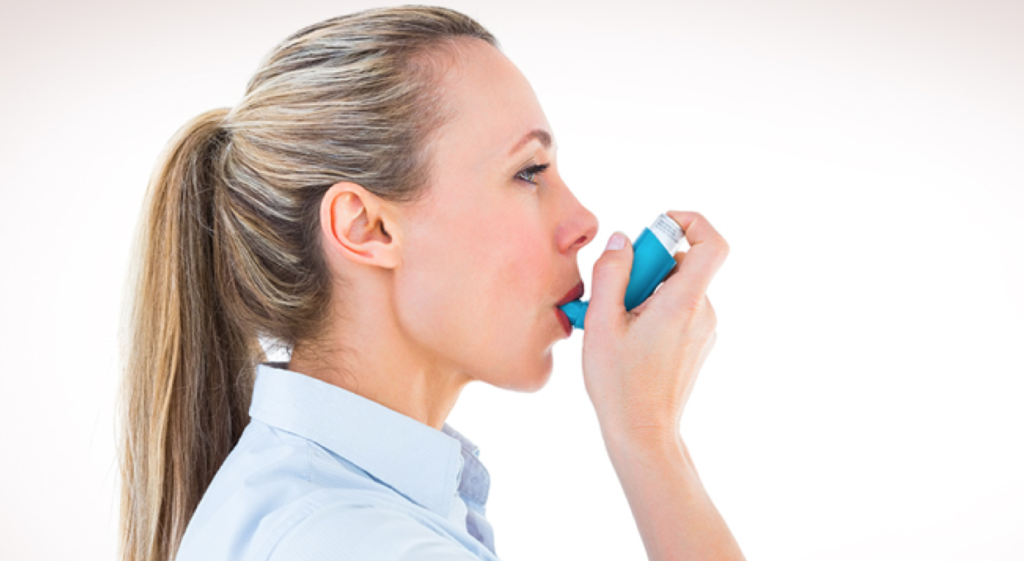
Air Pollution And Asthma Means Double Trouble
The below content is derived from research done using sources available on the internet. Safey Medical Devices Inc and its subsidiaries do not take any responsibility for the accuracy of the content. No medical decision should be taken on the basis of below content without consulting with your Medical Practitioner.
Studies highlight the link between air pollution levels and the impact this has on asthma symptoms. What does this mean and what can you do to help manage it?
We are living in a world of increased air pollution. More cars are popping on the road than ever, and an increase for public transport is adding to the air pollution more and more.
As it’s hard to avoid, it’s crucial that you are able to manage your asthma well.
Two thirds of people living with asthma say that poor air quality makes their asthma worse.
Traffic and power generation are known as being the main sources of urban air pollution. And studies show the link between this outdoor air pollution and exacerbations of pre-existing asthma.
Several studies are now also showing the link between this type of air pollution and new-onset asthma diagnosis. Many people are unaware of the risk of an asthma attack and so there is a need to continually raise awareness of the copious risk factors that can trigger symptoms, such as high pollution levels.
Relevant Studies
There has been a vast amount of research conducted over the years surrounding the link between air pollution and asthma.
A recent 2017 article published in the European Respiratory Journal showed that long-term exposure to high levels of road traffic and ozone significantly increases the risk of asthma symptoms, asthma attacks or the need for use of asthma medications.
A separate study, conducted by researchers at the French Institute of Health and Medical Research at Inserm, France, further supports the evidence of this link between long-term exposure to outdoor pollution and asthma in adults.
Furthermore, it also offers new insights into the potential underlying health structures, by examining the concentration of 8-isoprostane (8-iso), which is exhaled in the breath and believed to be a biological marker of tissue damage in the lungs.
Using French cohort data from an overall number 608 adults (including 240 with asthma who had respiratory symptoms, asthma attacks or increased medication use in the previous 12 months), the research team estimated the impact of long-term exposure to high-intensity traffic and to different types of outdoor air pollutants called ozone and particulate matter.
Lead research,Anaïs Havet said “We wanted to try and better understand the underlying biological mechanisms associated with outdoor air pollution and increased asthma symptoms, asthma attacks or medication use, as up to now they were largely unknown.”
One such study looked at the effect of exposure to traffic-related air pollution over 35 years on the risk for asthma hospitalization in older people.
In this study, 57053 participants in the Danish Diet, Cancer and Health cohort, aged 50-65 years were followed up for first hospital admission (from 1993-1996) for asthma until 2006, and the annual nitrogen dioxide (NO(2)) levels were estimated as a proxy of the exposure to traffic-related air pollution at the residential addresses of the participants since 1971.
During 10.2 years average follow-up, 977 out of the 53695 eligible people were admitted to hospital for asthma: 821 were first-ever admissions and 176 were readmissions.
Ways to stay safe on ‘high pollution’ days
With clear evidence highlighting the link between high air pollution levels and the worsening of asthma symptoms, how can you find ways to protect yourself?
Try to stay indoors
It may seem obvious, and also incredibly difficult to abide by, but it’s important to limit your time outdoors when pollution is at its highest or you live somewhere with high air pollution exposure. When it comes to exercising, try to restrict this to early morning or evening, when air quality should be better.
Lock yourself in
Not literally, but do keep windows closed at home and when out in the car to avoid exposure to smog.
Plan, plan, plan
Plan activities over the next few days by checking air quality forecasts. Visit the UK AIR website, which monitors air quality across the country.
Keep your medications close by
LeRoy Graham, a pediatric pulmonologist based in the USA, says
“Everyone with asthma should have a rescue inhaler,” even if your asthma is generally well controlled. It’s especially important to use your preventer inhaler, and to keep your reliever inhaler nearby in case of an asthma attack.
Make sure to check the expiry date of your medication. If you need a new prescription, ask your doctor as a matter of urgency.
Stay hydrated and breathe in the correct way
Martha White, Director of Research for the Institute for Asthma and Allergy states that “If you get dehydrated, then anything else that is wrong with the air is going to make the lungs feel worse,” White says. “The lungs like the right temperature and the right amount of hydration.”
In this case, “try to breathe through your nose, not through your mouth” The nose’s job is to filter the air and bring it to the right temperature and appropriate level of humidity. If you breathe through your mouth, you bypass this filtration system, White says.









